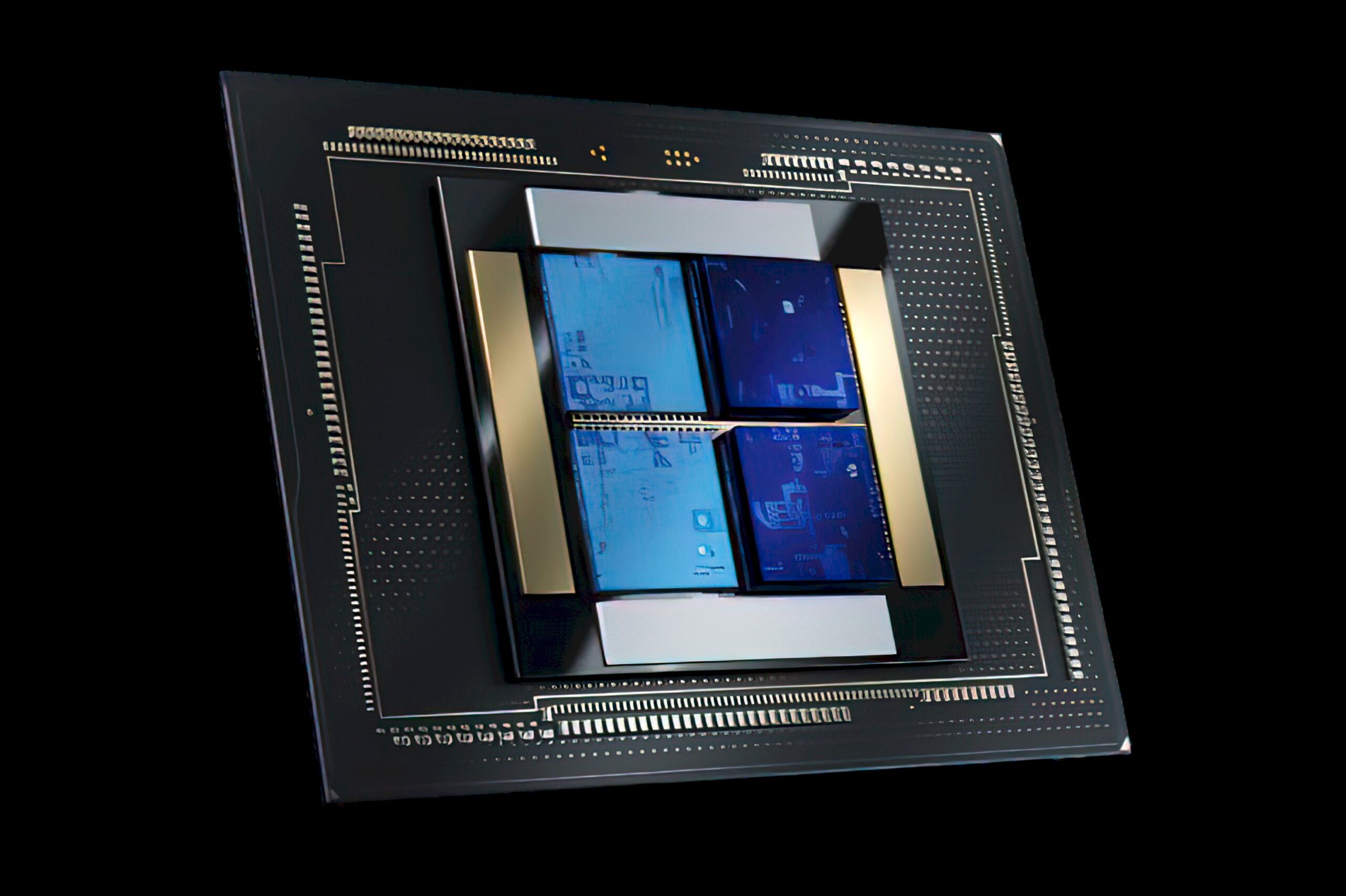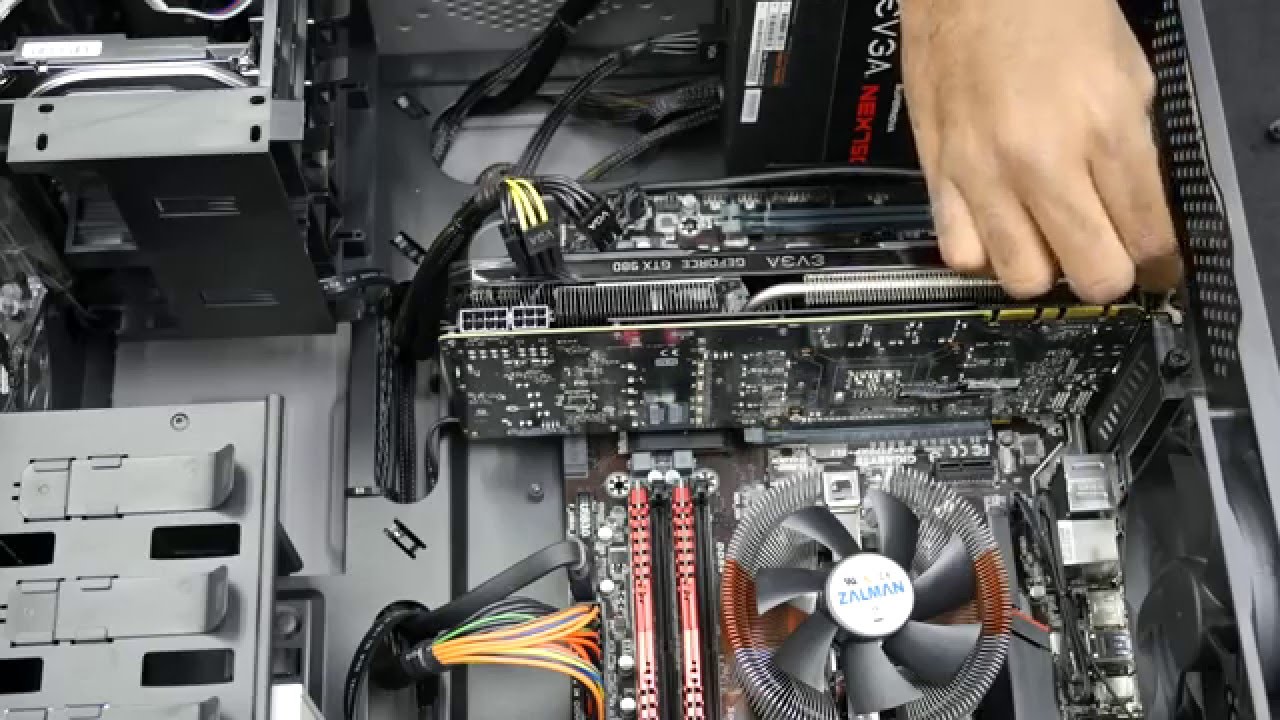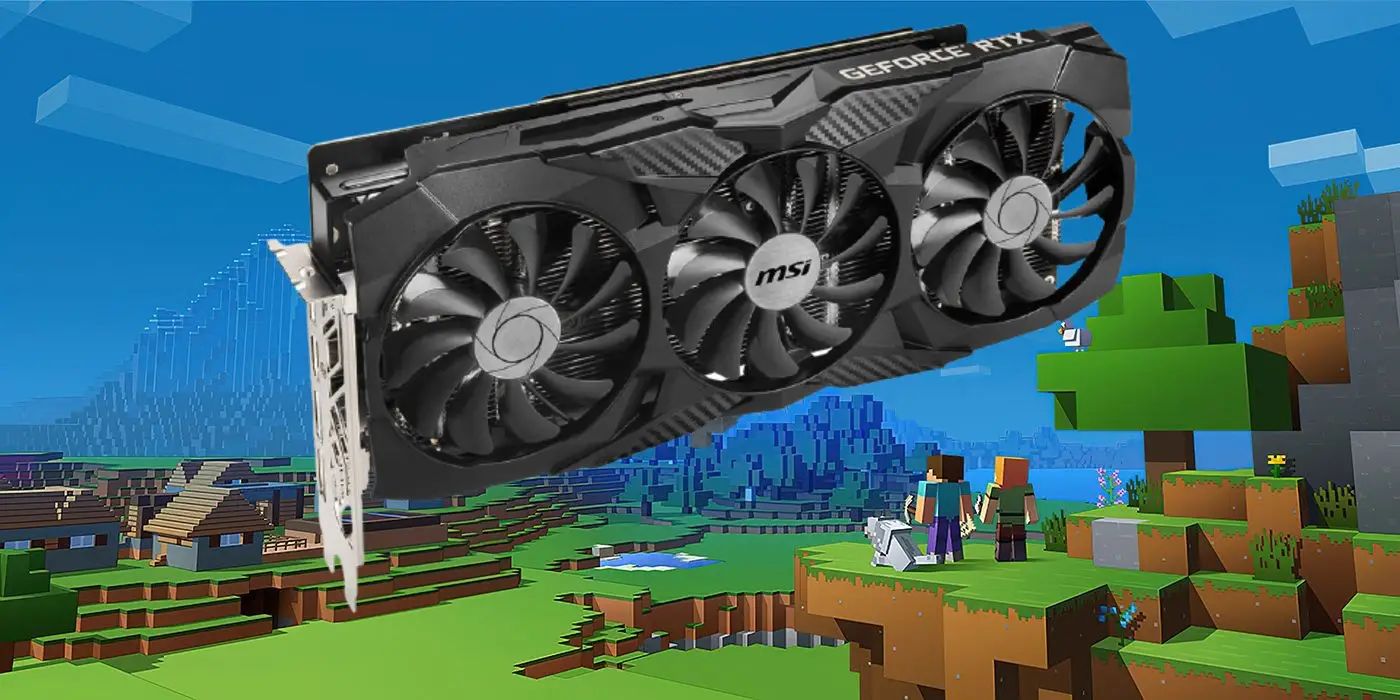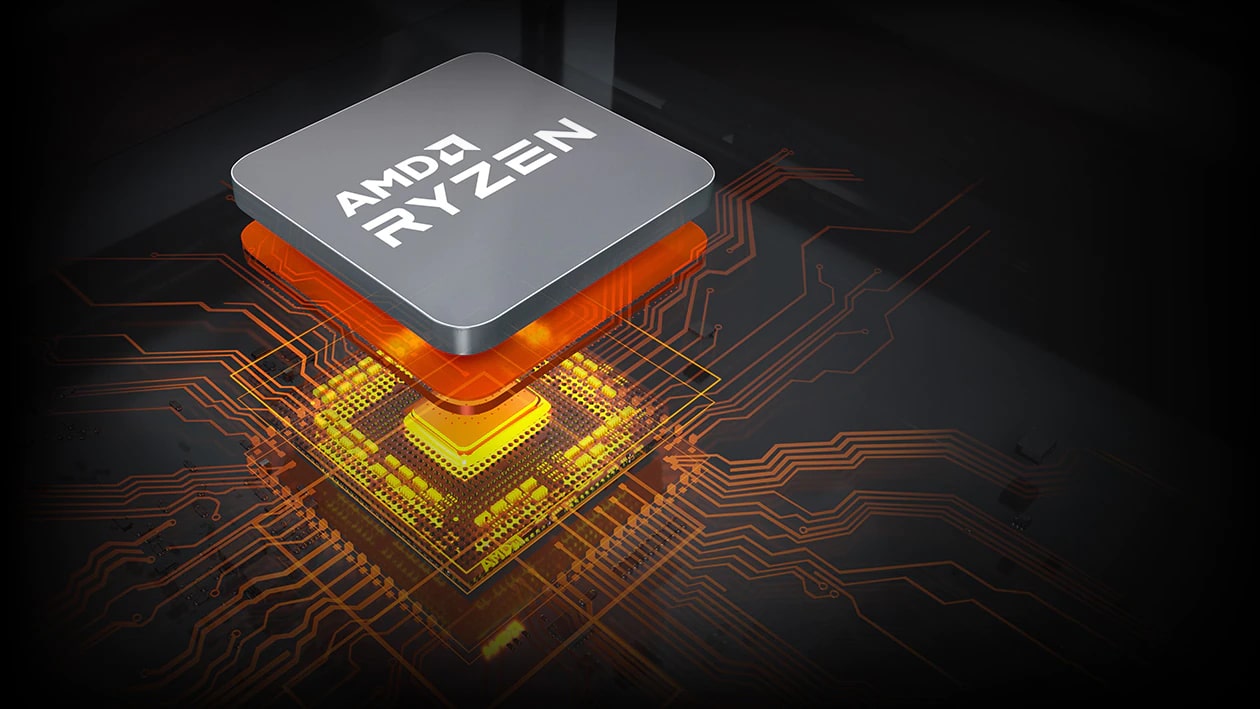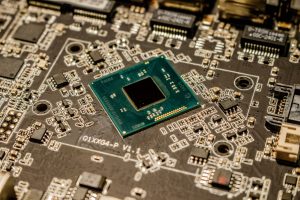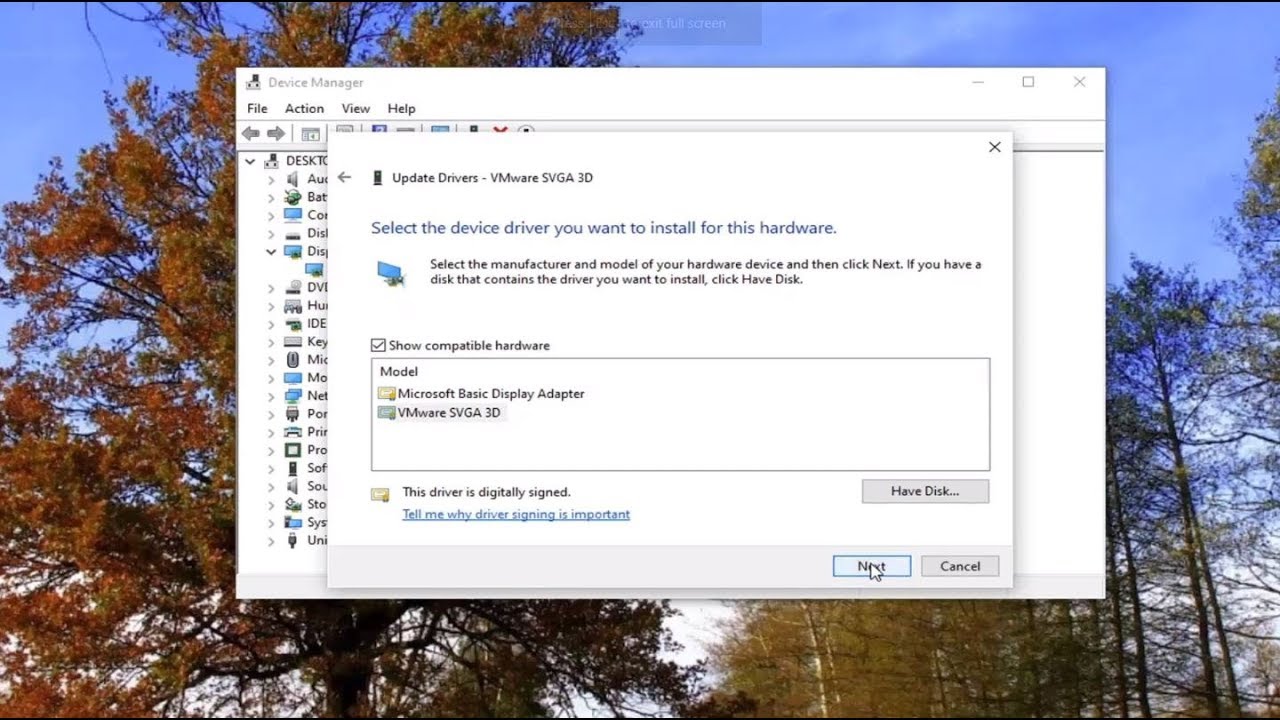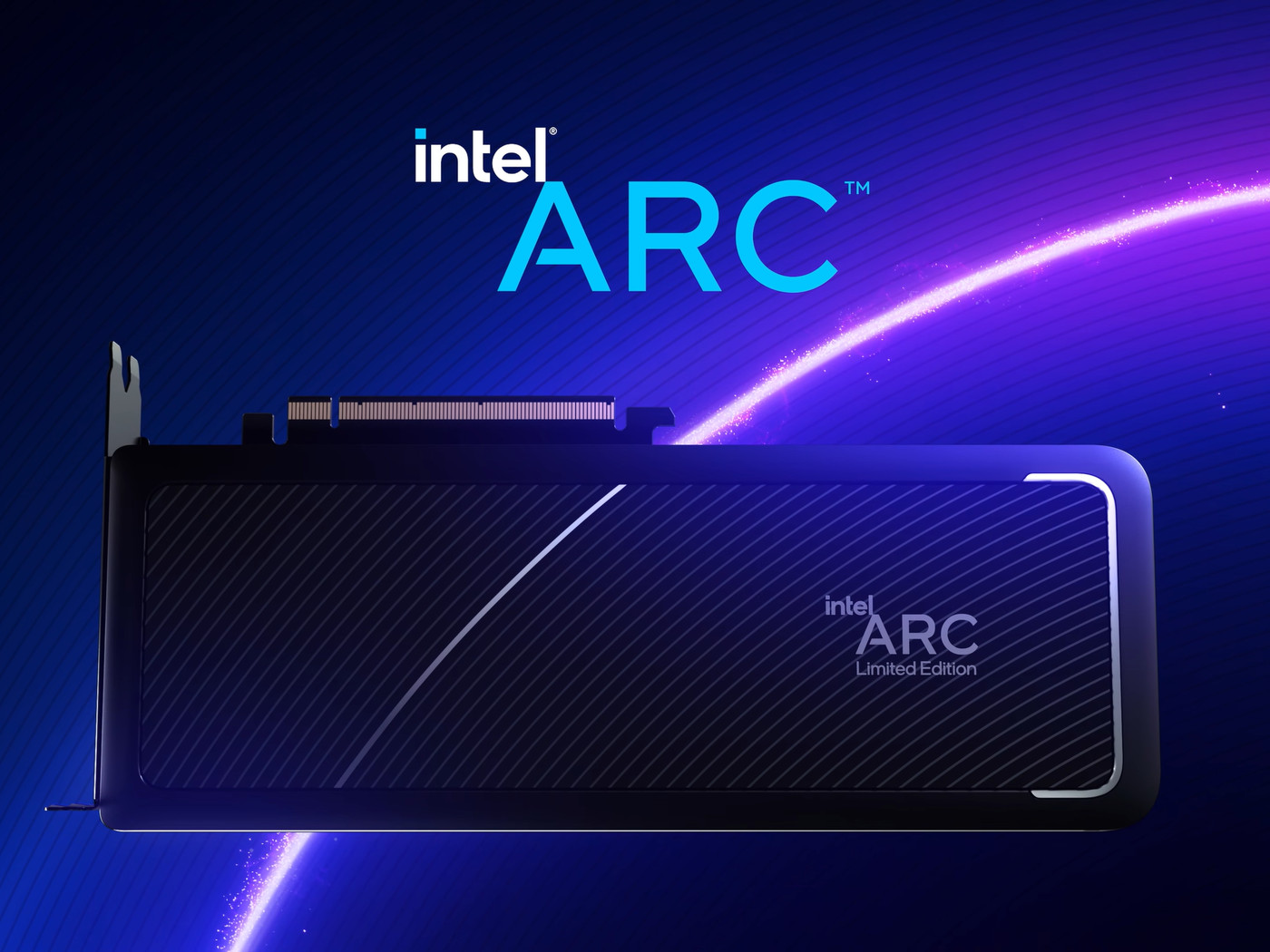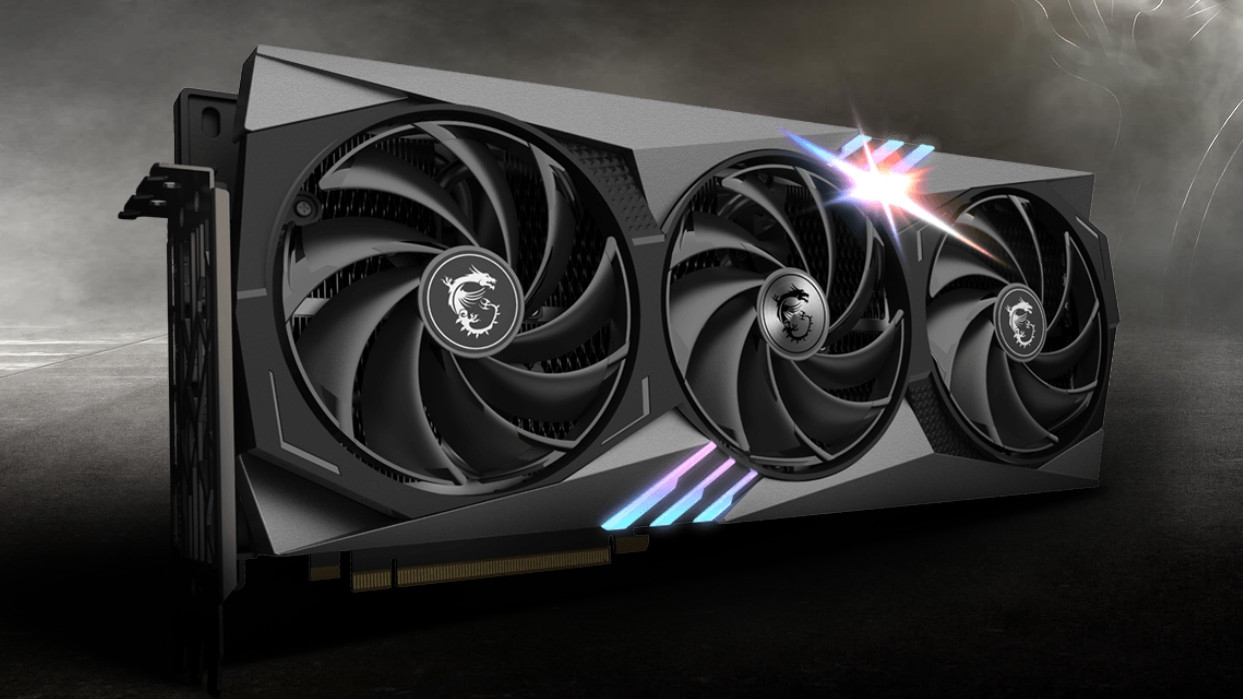Introduction
When it comes to computing and graphics processing, GPUs (Graphics Processing Units) play a vital role in delivering high-performance visuals and accelerating complex computations. These powerful processors have revolutionized the way we experience graphics-intensive tasks, such as gaming, video editing, and data analysis.
Intel, a leading technology company renowned for its processors, has recognized the growing demand for GPUs and has introduced the Intel GPU Program. This program aims to provide developers and users with the tools, resources, and support they need to leverage the power of Intel GPUs in their applications and workflows.
With the rapid developments in GPU technology, utilizing GPUs for non-graphics-related tasks, such as machine learning and data analytics, has become increasingly popular. The Intel GPU Program caters to these evolving needs by offering optimized solutions for a wide range of workloads.
Throughout this article, we will explore the different facets of the Intel GPU Program, from its benefits and workload optimization capabilities to its various use cases and support resources. Whether you are a developer, a professional in a graphics-intensive field, or simply an enthusiast looking to enhance your computing experience, understanding the Intel GPU Program can open up a world of possibilities.
So, let’s dive in and discover how the Intel GPU Program can empower you to unlock the full potential of graphics processing for your specific needs.
The Importance of GPUs in Computing
In today’s digital age, computing tasks are becoming increasingly complex and demanding. From gaming and virtual reality to data analysis and artificial intelligence, the need for powerful computational resources is on the rise. This is where GPUs come into play.
Traditionally, CPUs (Central Processing Units) have been the main workhorses of computing, handling a wide range of tasks, including calculations, data storage, and program execution. However, CPUs are designed for general-purpose computing and can sometimes struggle to meet the demands of graphics-intensive applications.
This is where GPUs shine. GPUs are specifically designed to handle parallel processing and deal with massive amounts of data simultaneously. Unlike CPUs, which typically consist of a few powerful cores, GPUs consist of hundreds or even thousands of smaller, more specialized cores. This allows them to perform calculations in parallel, resulting in significantly faster processing speeds and smoother graphics rendering.
The importance of GPUs in computing can be seen across various domains. In the gaming industry, GPUs play a crucial role in delivering lifelike visuals, realistic physics simulations, and smooth gameplay. They enable gamers to immerse themselves in rich, high-resolution worlds without experiencing lag or stuttering.
Furthermore, GPUs have revolutionized fields such as scientific research and data analysis. From simulating climate models and analyzing complex datasets to training machine learning algorithms, GPUs can significantly speed up these computations, saving researchers and analysts valuable time and resources.
In recent years, the rise of artificial intelligence and deep learning has further emphasized the importance of GPUs. Deep learning algorithms, which power tasks like image recognition and natural language processing, heavily rely on parallel processing to train complex neural networks. GPUs provide the necessary computational power to accelerate the training process, making breakthroughs in AI and machine learning more accessible.
Overall, the significance of GPUs in computing cannot be overstated. They are a vital component in driving innovation, enabling breakthroughs, and delivering immersive experiences in various industries. Embracing the power of GPUs can unlock new possibilities and empower users and developers to push the boundaries of what is possible in the digital realm.
What is Intel GPU Program?
The Intel GPU Program is an initiative by Intel to provide developers, professionals, and enthusiasts with the necessary tools, resources, and support to leverage the power of Intel GPUs in their applications and workflows. It aims to bridge the gap between traditional CPU-centric computing and the increasing demand for GPU acceleration in various fields.
At its core, the Intel GPU Program focuses on optimizing and enhancing the performance of Intel GPUs across a wide range of workloads. It offers a suite of software development tools, libraries, and frameworks that enable developers to harness the full potential of Intel GPUs and achieve high-performance computing in graphics-intensive tasks, machine learning, data analytics, and more.
One of the key elements of the Intel GPU Program is the Intel Graphics Performance Analyzers (Intel GPA), a set of tools that allows developers to analyze and optimize the performance of their GPU-intensive applications. With Intel GPA, developers can identify and resolve performance bottlenecks, fine-tune their GPU code, and deliver optimized experiences to their users.
Additionally, the Intel GPU Program provides comprehensive documentation and educational resources to help users understand the capabilities and features of Intel GPUs. Whether you are a developer seeking guidance on GPU programming techniques or a professional wanting to explore the possibilities of GPU-accelerated workflows, the program offers valuable insights and tutorials to support your journey.
Furthermore, the Intel GPU Program fosters collaboration and community engagement by providing forums and support channels where developers can connect with experts and fellow enthusiasts. This enables knowledge sharing, troubleshooting, and the exchange of best practices, ultimately improving the overall experience of working with Intel GPUs.
Overall, the Intel GPU Program serves as a catalyst for innovation and performance optimization in GPU computing. By providing developers and users with the necessary tools, resources, and support, Intel aims to empower individuals and organizations to leverage the power of Intel GPUs and push the boundaries of what is possible in graphics-intensive tasks, data analytics, machine learning, and more.
Benefits of the Intel GPU Program
The Intel GPU Program offers a multitude of benefits that can enhance the computing experience for developers, professionals, and enthusiasts alike. By leveraging the capabilities of Intel GPUs and the resources provided by the program, users can unlock new levels of performance and efficiency in their applications and workflows. Let’s explore some of the key benefits of the Intel GPU Program.
- Optimized Performance: The Intel GPU Program provides developers with tools and resources to optimize the performance of their GPU-accelerated applications. With features like Intel Graphics Performance Analyzers (Intel GPA), developers can identify and resolve performance bottlenecks, ensuring their applications run smoothly and efficiently on Intel GPUs.
- Increased Efficiency: Intel GPUs are designed to handle parallel processing, making them exceptionally efficient for tasks that require massive data computations. By utilizing the Intel GPU Program, developers and users can harness the power of Intel GPUs to accelerate complex workloads, saving time and resources.
- Expanded Workload Support: The Intel GPU Program caters to a wide range of workloads, extending beyond traditional graphics processing. Whether it’s machine learning, data analysis, or real-time simulations, the program offers optimized solutions and resources to support diverse computational tasks.
- Enhanced Graphics Capabilities: For developers working on graphics-intensive applications such as video editing, game development, or visual effects, the Intel GPU Program provides the tools and frameworks to leverage the full potential of Intel GPUs. This leads to improved graphics rendering, realistic simulations, and immersive visual experiences.
- Community Support: The Intel GPU Program fosters collaboration and community engagement, allowing developers, professionals, and enthusiasts to connect with experts and peers. This support network enables knowledge sharing, troubleshooting, and the exchange of ideas, further enhancing the overall experience of working with Intel GPUs.
With these benefits in tow, the Intel GPU Program empowers users to take full advantage of Intel GPUs and unlock new possibilities in their computing endeavors. Whether it’s achieving faster graphics rendering, accelerating complex computations, or exploring new frontiers in emerging technologies like AI and machine learning, the Intel GPU Program equips users with the tools and resources they need to succeed.
Workload Optimization with Intel GPUs
One of the key advantages of the Intel GPU Program is its focus on workload optimization. By harnessing the computational power of Intel GPUs and utilizing the resources provided by the program, users can achieve significant performance improvements and efficiency gains across a variety of workloads.
Intel GPUs excel at parallel processing, making them highly efficient for tasks that require intensive data computations. The Intel GPU Program offers a range of tools, libraries, and frameworks that enable developers to optimize their applications for Intel GPUs specifically, taking full advantage of their capabilities and maximizing performance.
For developers working on graphics-intensive applications, such as 3D modeling, animation, or visual effects, the Intel GPU Program provides optimizations and features that can enhance graphics rendering speed, improve visual quality, and deliver a more immersive experience to end users. By leveraging the power of Intel GPUs, developers can take their graphics applications to the next level, pushing the boundaries of what is possible.
Additionally, the Intel GPU Program supports workload optimization beyond graphics processing. For tasks like machine learning and data analytics, Intel GPUs can accelerate computations and provide significant performance improvements over traditional CPU-based processing. Developers can utilize the program’s resources to optimize algorithms, utilize parallel processing techniques, and achieve faster and more efficient results in these compute-intensive domains.
The Intel GPU Program also focuses on providing developers with tools and frameworks for fine-tuning their GPU-accelerated code. This enables developers to identify and resolve performance bottlenecks, optimize memory usage, and improve overall efficiency. By utilizing profiling and analysis tools like Intel Graphics Performance Analyzers (Intel GPA), developers can gain deep insights into their GPU code’s execution and make targeted optimizations to ensure optimal performance.
Furthermore, the Intel GPU Program offers support for utilizing Intel GPUs in real-time simulations and virtual environments. Whether it’s for gaming, virtual reality, or simulation applications, developers can leverage the program’s resources to optimize their simulations for Intel GPUs, allowing for higher fidelity and more immersive experiences.
Overall, the Intel GPU Program empowers developers to optimize their workloads for Intel GPUs, leading to improved performance, increased efficiency, and enhanced user experiences. With its focus on workload optimization and support for a wide range of domains, the program provides developers with the resources they need to leverage the power of Intel GPUs in their applications and workflows.
Use Cases and Applications of Intel GPUs
The applications and use cases for Intel GPUs are vast and diverse, spanning across various industries and domains. The power and capabilities of Intel GPUs enable developers and professionals to tackle complex tasks and deliver exceptional results. Let’s explore some of the key use cases and applications where Intel GPUs excel.
1. Gaming: Intel GPUs have a significant presence in the gaming industry, enabling gamers to experience immersive and visually stunning worlds. From high-resolution graphics to realistic physics simulations, Intel GPUs deliver smooth gameplay and enhance the overall gaming experience.
2. Data Analytics: With the rise of big data and the need for faster data analysis, Intel GPUs offer substantial performance improvements. By offloading computations to the GPU, data analysts and scientists can accelerate data processing, visualization, and machine learning algorithms, leading to quicker insights and more efficient workflows.
3. Virtual Reality (VR) and Augmented Reality (AR): Intel GPUs play a vital role in powering virtual and augmented reality experiences. They enable the rendering of high-resolution graphics, realistic environments, and smooth interactions, providing users with immersive and interactive virtual worlds.
4. 3D Modeling and Animation: Intel GPUs excel in rendering complex 3D scenes and animations. Whether it’s for architectural design, product visualization, or movie production, Intel GPUs deliver fast and accurate rendering, helping designers and animators bring their creations to life.
5. Machine Learning and Artificial Intelligence: Intel GPUs are increasingly being utilized for accelerating machine learning and AI algorithms. Deep learning tasks, such as image recognition, natural language processing, and recommendation systems, greatly benefit from the parallel processing capabilities of Intel GPUs, resulting in faster training and improved accuracy.
6. Scientific Simulations: From simulating climate models and molecular dynamics to solving complex physics equations, Intel GPUs provide significant computational power for scientific simulations. By harnessing the parallel processing capabilities of Intel GPUs, scientists can accelerate simulations, leading to faster results and new scientific discoveries.
7. Video Editing and Post-Production: Intel GPUs offer real-time rendering and video processing capabilities, improving the efficiency of video editing and post-production workflows. From timeline scrubbing to color grading and effects rendering, Intel GPUs enable faster editing and enhance the overall editing experience.
These are just a few examples of the many use cases and applications for Intel GPUs. As technology continues to advance, the potential applications for Intel GPUs are only limited by our imagination. With their parallel processing power, efficiency, and innovative features, Intel GPUs are a driving force behind breakthroughs across a wide range of industries.
Intel GPU Program Support and Resources
The Intel GPU Program offers comprehensive support and a wealth of resources to assist developers, professionals, and users in leveraging the power of Intel GPUs in their applications and workflows.
One of the key resources provided by the Intel GPU Program is the Intel Graphics Performance Analyzers (Intel GPA). This suite of tools allows developers to analyze and optimize the performance of their GPU-intensive applications. With Intel GPA, developers can identify performance bottlenecks, visualize GPU utilization, and optimize their code to achieve peak performance on Intel GPUs.
Furthermore, the Intel GPU Program provides extensive documentation and educational resources. Developers can access guides, tutorials, and best practices to learn GPU programming techniques and understand the features and capabilities of Intel GPUs. These resources help developers get up to speed with GPU programming and ensure they are making the most out of Intel GPUs in their applications.
In addition to documentation, the Intel GPU Program fosters a supportive community. Developers can join forums and engage with experts and peers to share ideas, seek assistance, and exchange knowledge. This community-driven support network allows developers to overcome challenges, gain insights, and stay up to date with the latest developments in GPU programming and Intel GPU technologies.
As part of their commitment to supporting developers, Intel also periodically releases software updates and optimizations specifically designed to enhance the performance and functionality of Intel GPUs. These updates ensure that developers can leverage the latest advancements and optimizations to deliver exceptional experiences to their users.
Moreover, the Intel GPU Program provides tools and resources for compatibility testing and validation, ensuring that applications are optimized for Intel GPUs and deliver optimal performance and stability. This allows developers to build confidence in their applications and ensure compatibility across a wide range of Intel GPU architectures.
Overall, the Intel GPU Program offers a robust support system and a wealth of resources for developers, professionals, and users. Whether it’s performance optimization, educational materials, community engagement, or software updates, the program provides a holistic support framework to empower users to harness the full potential of Intel GPUs and achieve exceptional results in their GPU-accelerated applications and workflows.
Conclusion
The Intel GPU Program is a game-changer in the world of computing. By offering developers, professionals, and enthusiasts the necessary tools, resources, and support to harness the power of Intel GPUs, the program opens up a world of possibilities for graphics-intensive tasks, machine learning, data analytics, and more.
Through workload optimization, the Intel GPU Program allows users to achieve optimized performance and increased efficiency in their applications and workflows. Whether it’s optimizing graphics rendering, accelerating complex computations, or exploring new frontiers in emerging technologies, Intel GPUs provide the computational power needed to push the boundaries of what is possible.
The benefits of the Intel GPU Program are evident across various industries and domains. From gaming and virtual reality to scientific simulations and artificial intelligence, Intel GPUs are revolutionizing the way tasks are performed, enabling faster insights, more immersive experiences, and improved workflows.
Furthermore, the support and resources provided by the Intel GPU Program contribute to its success. With tools like Intel Graphics Performance Analyzers (Intel GPA), comprehensive documentation, community engagement, and periodic software updates, users have access to the support they need to optimize their applications for Intel GPUs and achieve exceptional results.
In conclusion, the Intel GPU Program is a testament to Intel’s commitment to innovation and excellence in GPU computing. By delivering powerful GPUs and providing the necessary tools and resources, the program empowers users to unlock the full potential of Intel GPUs and embark on a journey of enhanced performance, efficiency, and creativity in their computing endeavors.







